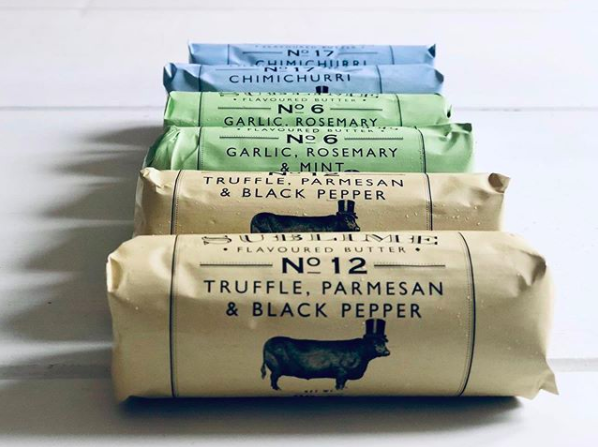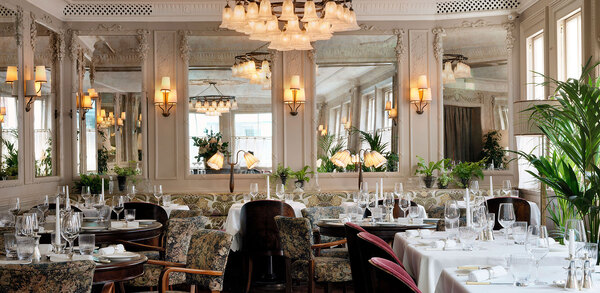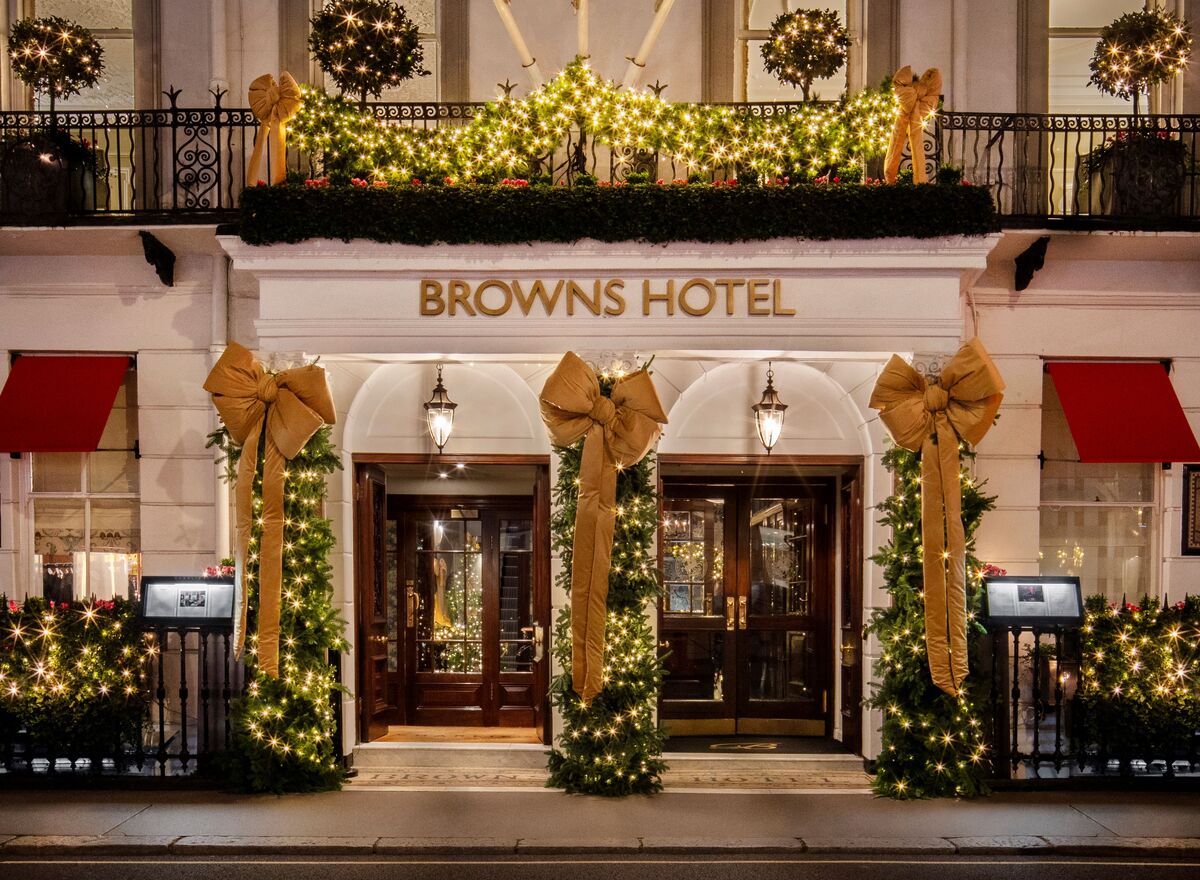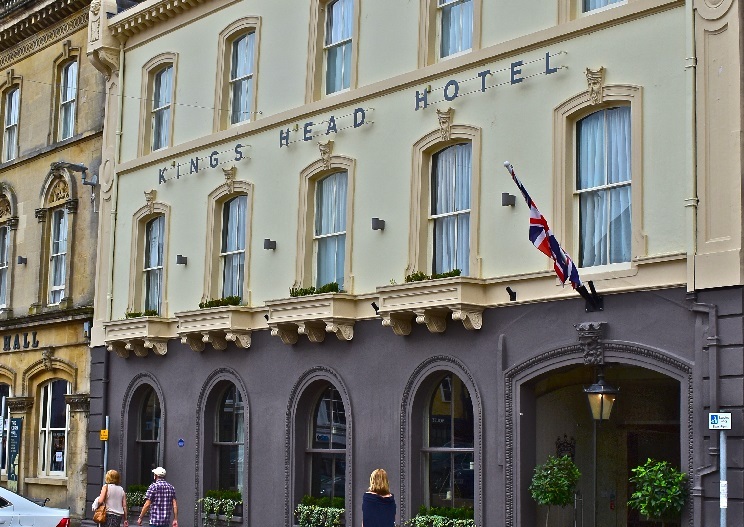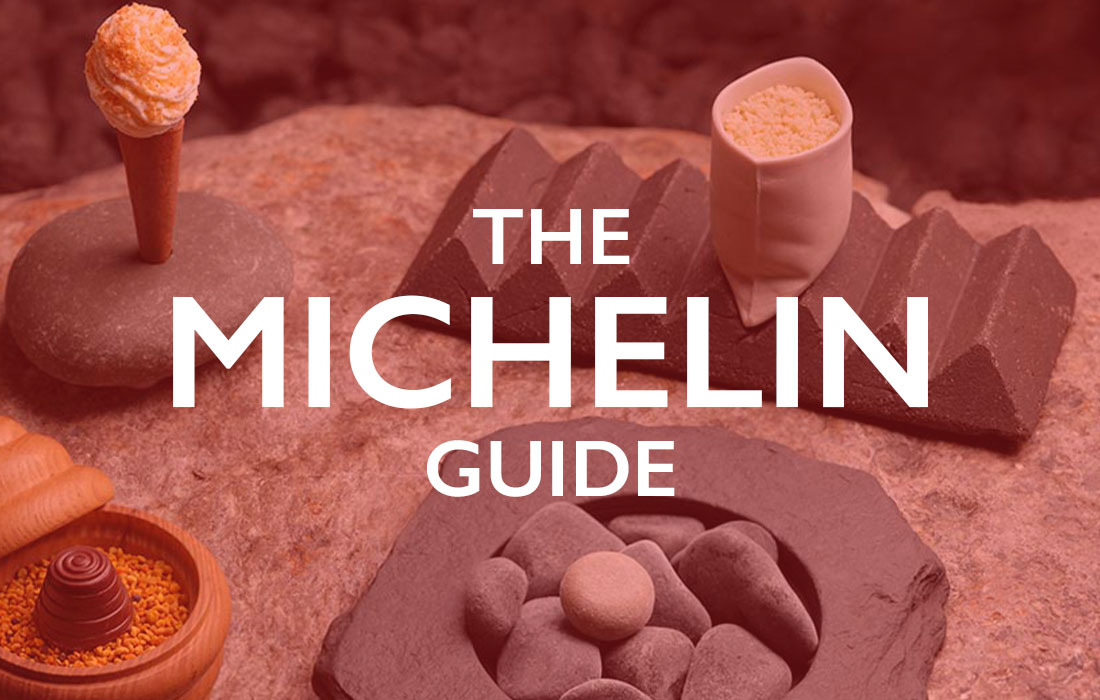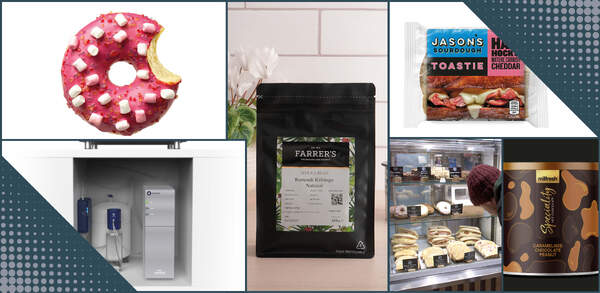Fat of the land: why butter is on trend again
Only the finest butter made from raw milk from grass-fed cows graces the best restaurant tables, especially if it has been flavoured with truffles or Himalayan pink salt. Will Hawkes selects the cream of the crop.
Social media can get itself into a lather about almost anything. A misplaced word, the correct shade of toast, a politically incorrect advert from the 1970s, butter...
Yes, butter has been the source of fevered comment on Twitter of late, but don’t fret, most of the discussion was motivated by a collective grumbling hunger for good butter.
A 15-minute film produced by online food magazine Food Insider, featuring the charismatic Jean-Yves Bordier and his world-renowned Breton buttery (also named Bordier) racked up thousands of retweets and comments when it was posted in early October. “I want to take up butter-making now. It sounds so wonderful,” said one tweeter; “Happy Friday, allow yourself the gift of looking at kilos of delicious butter and the passion of a butter man,” tweeted a slightly more excitable contributor, with caps lock on.
It’s yet another sign of how butter, once the poster child for unhealthy things your grandparents ate, has seen its reputation soar. The good stuff is everywhere now. Small producers have popped up across the UK and Ireland, while restaurants have begun to focus more on this oft-overlooked aspect of their offer.
The likes of Lyle’s in London makes its own; others, like the Black Bull Inn in Sedbergh in the Yorkshire Dales, make butter in kimchi, miso, Marmite, lard and crackling flavours.
And it has become more popular during lockdown: according to figures from Kantar, sales grew by more than 16% during the 12 weeks leading up to 19 April this year. Butter is a crucial part of many restaurants’ bill of fare and a great chance to wow the customer while demonstrating a keen attention to culinary detail.
Savour the flavour
In Brittany, monsieur Bordier makes his own flavoured butters: chilli, buckwheat and seaweed, to name just three. “It’s an interesting butter because it has a very strong colour and a powerful aroma,” he told the viewers of the Food Insider film, talking about the seaweed butter that he has made since 1985. “It’s the roots of my identity.”
These sort of flavoured butters are increasingly common in British restaurants, often made on-site. There are a growing number of options, though, for those operators who want to buy in flavoured butter, such as Sublime Butter, founded in 2019.

Sublime Butter founder Chris Mair says he was actually looking for a way to improve his first love, steak, when he stumbled across the wonder of flavoured butter. He’s also the founding member of the Steak Appreciation Society, a tribute to the patriotic, beef-scoffing clubs of the 18th century, such as the one that gave his butter its name, the Sublime Society of Beefsteaks.
The club meets every six months at a restaurant in London or overseas. “I’m very much into my flavours, and the quality of produce is a very important part of what we consume,” he says. “I don’t want that being drowned out by a rich, thick, creamy sauce, like a peppercorn or béarnaise sauce. I prefer something that complements it rather than overpowers it.
“That played on my mind for quite some time actually, probably a couple of years. The Sublime Butter initially started out as kind of a passion project and it’s grown very much into a business. It took a couple of years to get going. I hired a development chef and we created a series of different recipes and concoctions, and one of those was this flavoured butter. It went fantastically with steak. We created the chimichurri one initially and then a couple of others.”
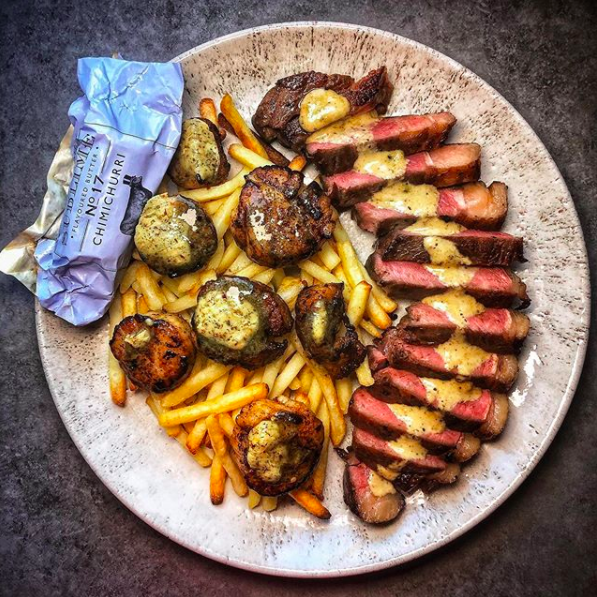
The company now markets six varieties (pink Himalayan salt; garlic and herb; garlic, rosemary and mint; truffle, Parmesan and black pepper; chimichurri; and béarnaise), all produced using butter from Brue Valley Farm in Somerset.
“The core thing for us is that the base ingredient is top notch,” says Mair. “We want people when they taste the butter itself to go, ‘Wow, that’s a good-quality butter,’ because if you take most supermarket butters and compare them to a typical French butter, or some of the more premium butters available in this country, it’s miles away in terms of the quality.”
If you take most supermarket butters and compare them to a typical French butter, or some of the more premium butters available in this country, it’s miles away in terms of the quality
At the moment, Mair adds, his products are sold mostly through butchers, farm shops and delicatessens, although they’re gradually moving into restaurants. “We’re probably in a handful of restaurants right now,” he says. “The next phase is going to be figuring out how we can build and grow on that.
“I’d say that our pink Himalayan salt, our number one butter, is the butter that we want to focus on primarily [for restaurants] because the thing about flavoured butter is that it is a convenience product in many respects. It just saves you kind of having to chop up herbs and garlic and do it yourself.”
Churn champions
Like old-time debutantes, modern butter has to be ‘cultured’, meaning the milk it is made from has to be soured, by either introducing a lactic culture or leaving the milk out to sour naturally. This is the way butter used to be made in the UK before the second world war, and how it’s always been made in Brittany and Normandy. That’s why their butter tastes so good: the process creates a creamier, more tangy, richer product.
It’s now the way that many of the best small producers in the UK make their butter – the likes of Ampersand, which is made in Oxfordshire with milk from Jersey and Guernsey cows, and Fen Farm, which produces the magnificent Brie-style cheese Baron Bigod and is the UK’s only raw-milk cultured butter, made from milk produced by Montbéliarde cows.
In Ireland, producers like Irish Gourmet Butter – winner of Best Artisan Product at this year’s Blas na hÉireann food awards – and Abernethy, based in County Down in Northern Ireland, are driving up already high standards. Irish foodies are understandably proud of their butter-making tradition, so it’s perhaps no surprise that Bord Bia, the Irish Food Board, has launched what it says is the world’s first national grass-fed standard, which will track and verify the percentage of grass consumed in the diet of Irish dairy herds.

“Dairy from Ireland has always been rooted in a grass-based production system,” says Padraig Brennan, Bord Bia’s meat, food and beverage director. “Our lush green fields, fresh, clean air and plentiful rain has created the perfect environment for dairy farming, which converts grass into nutrient-rich, premium quality dairy products and ingredients.
“Almost half of consumers globally associate Ireland with grass-fed, so we have developed this standard in direct response to the growing international consumer and customer demand for premium, healthy and naturally produced products.”
Perhaps the only nation where butter is taken as seriously as Ireland is France, or at least the north-western corner of it. The likes of Lescure and Echire, both made close to the Atlantic coast in the west of France, are well-known to British restaurateurs. La Conviette, which is available in 15g portions, is produced in the same region, to the standards that are typical in France, which include using cultured milk.
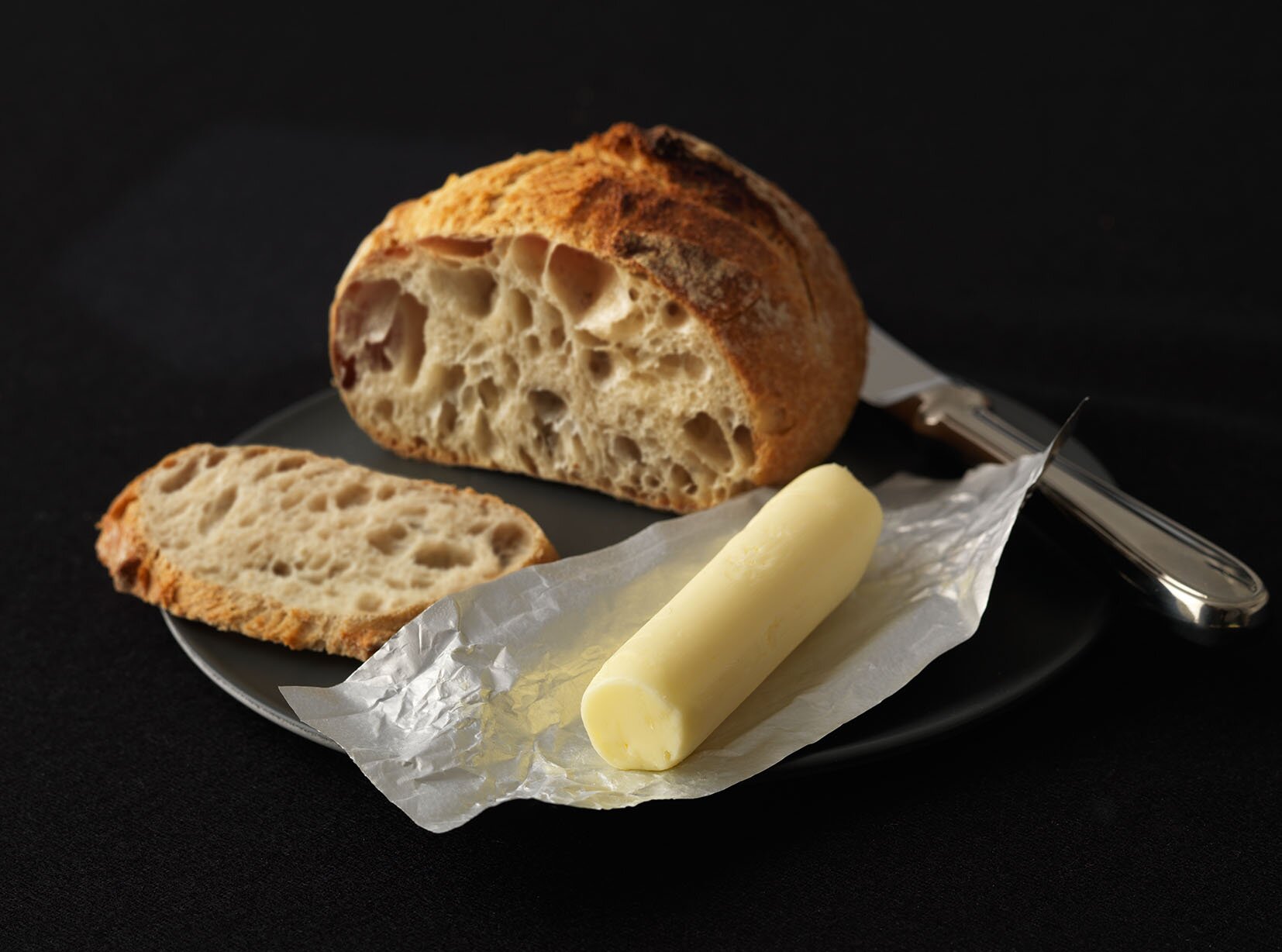
“Prepared from cream matured for at least 18 hours, La Conviette butter has a delicate and authentic taste and soft texture, derived from the traditional process of barrel churning,” says Craig Brayshaw, commercial director of Eurilait, producers of La Conviette.
“It is distinguished by its baton shape and is beautifully presented and individually portioned in an elegant twist wrap. It is available in mild and semi-salt flavours and provides the perfect finishing touch in seafood dishes, cheese platters or as the ideal complement to breakfast or brunch.”
Britain, of course, has many of the qualities that make Ireland and north-eastern France such strongholds of good butter: lots of rain, lush pastures, a tradition of cattle-rearing. The signs are that we might be beginning to take our butter as seriously, too.
Mair is certainly doing his best to demonstrate the versatility and quality that this delightful dairy product offers. Sublime is producing a one-off special for Christmas, made with bone marrow, that will be sold in a butter dish made with hand-blown glass in the Veneto region of Italy. Utterly Butterly it isn’t, but it sounds delicious – and, no doubt, more likely to win approval on Twitter.
Suppliers
Abernethy Butter www.abernethybutter.com
Ampersand www.ampersanddairy.com
Jean-Yves Bordier www.lebeurrebordier.com/en
Échiré www.echirelebeurredefrance.com
Fen Farm Dairy www.fenfarmdairy.co.uk
Irish Gourmet Butter www.irishgourmetbutter.ie
La Conviette www.eurilait.co.uk
Lescure www.beurre-lescure.com/lescure/en
Sublime Flavoured Butter www.sublimebutter.com



